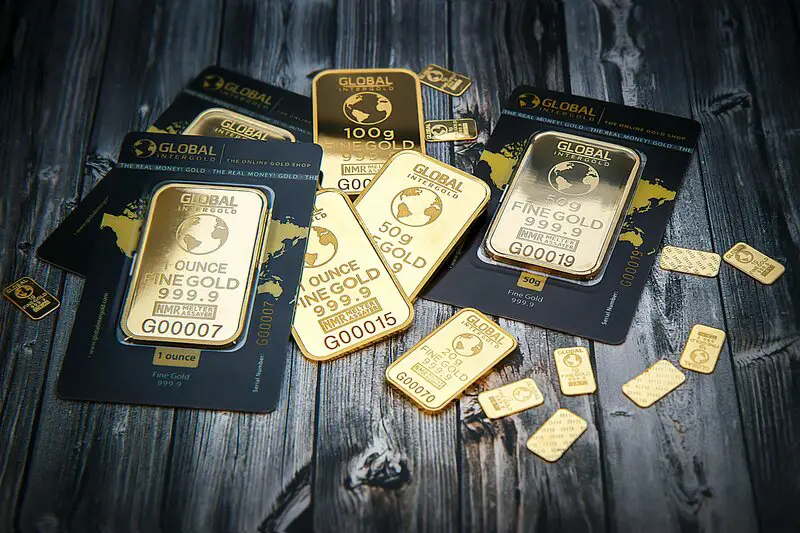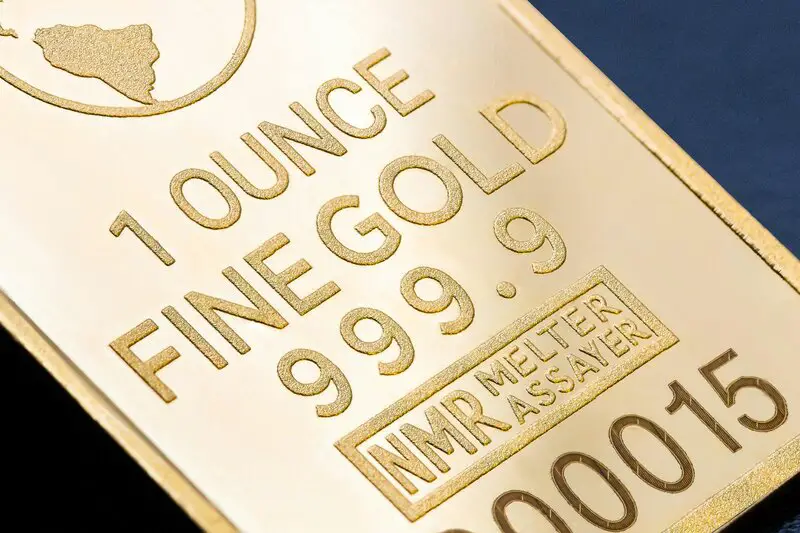Deciding whether to buy gold can be a tricky call. The price of gold is influenced by a complex web of economic, political, and market factors that can change rapidly. For investors, timing the market perfectly is near impossible — yet understanding key indicators and strategies can help you make more informed decisions.
In this article, we'll explore the major factors that should influence your decision to buy gold today, common market timing approaches, and how to align your gold investments with your broader financial goals.
Understanding Gold's Role in Your Portfolio
Before considering when to buy, it's important to understand why you want gold in your portfolio. Gold serves different purposes for different investors:
Wealth Preservation
Protect against inflation and economic uncertainty. Acts as a store of value when fiat currencies lose purchasing power.
Diversification
Behaves differently from stocks and bonds, reducing overall portfolio risk and smoothing returns.
Speculation
Profit from gold's price fluctuations, which can be volatile in the short term.
Key Factors Influencing Gold Prices Now
1. Inflation Trends
Gold has a long history as an inflation hedge. When inflation rises or is expected to rise, demand for gold often increases as investors seek to protect their purchasing power.
In the UK, inflation is tracked through the Consumer Price Index (CPI) and the Retail Price Index (RPI). Recently, inflation has been higher than the Bank of England's 2% target, prompting concerns about the erosion of money's value.
UK Inflation Context
If inflation expectations remain elevated, gold demand typically benefits as investors look for assets that can hold their value. Monitor CPI and RPI releases for guidance on inflation trends.
2. Interest Rates and Real Yields
Interest rates have a powerful influence on gold prices, particularly real interest rates — nominal rates adjusted for inflation.
Central banks such as the Bank of England and the US Federal Reserve regularly adjust interest rates to control inflation and stimulate or cool the economy. These moves can push gold prices up or down depending on how they affect real yields.
- Rising Interest Rates: Can weigh on gold prices (seen in several periods during the 2010s)
- Rate Cuts: Tend to support gold prices by reducing opportunity cost
3. Currency Strength
Gold is priced in US dollars worldwide, meaning the value of the dollar against other currencies impacts gold prices.
| Dollar Strength | Impact on Gold | UK Investor Consideration |
|---|---|---|
| Strong Dollar | Makes gold more expensive for other currencies | Higher GBP cost to buy gold |
| Weak Dollar | Makes gold cheaper for other currencies | Lower GBP cost to buy gold |
4. Geopolitical Risks
Gold is often called a "safe haven" because it tends to hold or increase its value during times of geopolitical uncertainty.
Current Risk Factors
- Regional conflicts and military tensions
- Trade disputes between major economies
- Political instability in key regions
- Economic sanctions and their repercussions
5. Market Sentiment and Technical Factors
Beyond fundamentals, investor sentiment and technical analysis can significantly influence gold prices.
Market Sentiment
Collective mood of traders and investors — optimism or fear can lead to rapid price moves.
Technical Factors
Chart patterns, trading volumes, and key support/resistance levels that traders use for decisions.
Market Timing Strategies for Gold
1. Buy and Hold
Recommended for Most Investors
For many investors, the simplest and most effective strategy is to buy gold gradually over time and hold it as a long-term asset.
Dollar-Cost Averaging Benefits:
- Avoids the pitfalls of trying to time the market
- Reduces stress and emotional decision-making
- Historically effective for wealth preservation
- Fixed amount purchased at regular intervals regardless of price
2. Watching for Corrections
Some investors look for price pullbacks after rallies to enter the market at more favourable prices.
3. Following Economic Indicators
Monitoring key economic data can help inform buying decisions.
Key Indicators to Watch
- Inflation reports (CPI, RPI)
- Employment data
- Central bank announcements
- GDP growth figures
- Interest rate decisions
- Currency movements
- Government debt levels
- Manufacturing indices
4. Using Technical Analysis
Technical traders use chart patterns and indicators to identify entry and exit points.
| Technical Tool | What It Shows | Buy Signal Example |
|---|---|---|
| Moving Averages | Trend direction and momentum | "Golden cross" - short MA crosses above long MA |
| RSI | Overbought/oversold conditions | RSI below 30 suggesting oversold levels |
| Support/Resistance | Key price levels | Price bouncing off strong support level |
Practical Considerations When Buying Gold
Investment Considerations
- Investment Horizon: Longer-term investors can be less concerned with timing
- Risk Tolerance: Gold can be volatile - understand your comfort level
- Portfolio Allocation: Typically 5–10% recommended for diversification
Implementation Options
- Physical Gold: Coins, bars (requires secure storage)
- ETFs: Convenient but lack physical ownership
- Mining Stocks: Higher risk/reward potential
- Futures: Complex, for experienced traders only
Final Thoughts
So, is now a good time to buy gold? The answer depends on your individual financial goals, economic outlook, and risk appetite.
Current Market Context
Supporting Factors
- Inflationary pressures
- Geopolitical tensions
- Accommodative monetary policies
Potential Headwinds
- Rising interest rates
- Strong US dollar periods
- Economic recovery momentum
Gold should be seen as a tool for preservation and diversification rather than short-term speculation. With informed timing, clear objectives, and realistic expectations, gold can be a valuable part of your investment journey.




